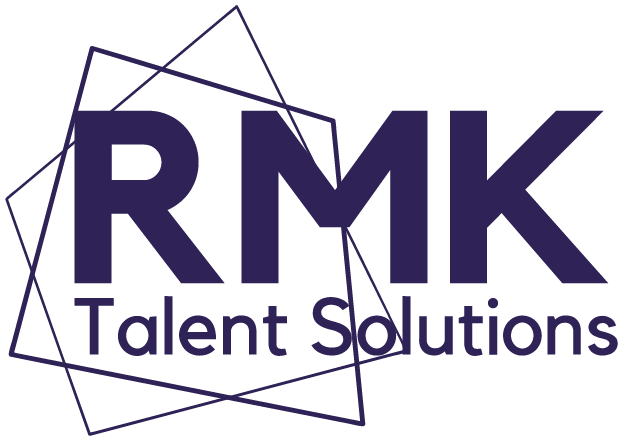We’re not going to tell you the ‘right’ way to lead your team, you know your team best and will have already established a leadership style and relationship with your team members.
We have however raised some practical hints and tips to help you when managing your remote team members.
How much freedom should I give them?
An increase in the team’s freedom is always matched by a decrease in the leader’s authority. You may have heard of the Leadership continuum. This model (Tannenbaum & Schmidt, 2008) highlights the relationship between the level of freedom afforded to a team and the degree of control exercised by its leader.
Advanced leaders tend to increase the level of freedom for their team, moving away from micro-management and concentrating instead on delegation and motivation. The leader always retains overall responsibility for the team’s output, but as trust grows so does freedom.
But is this a good approach for remote teams? Well, yes, but lay the groundwork first.
Set clear expectations
You will need to stay flexible and borrow from different styles of leadership as you transition your remote workers, but from the outset, it will be important to set clear expectations. Show your team examples of what you want from them.
You need to trust the team, but also set guidelines to make sure work reaches the same standard. Guidelines like ‘Reply to emails within 24 hours’, ‘Use Chat for questions you need answering straight away’, and ‘Fill out timesheets at the end of every day’ can help ensure the team stays effective.
Focus on goals…not the clock
Don’t worry about the time people are putting into work, worry about the work itself. You need to keep the team focused on clear goals. If they’re meeting those goals, it doesn’t matter if they’re working in a slightly different way.
Have a communication strategy
Don’t rely on the incidental communications you tend to have in the office – you need to have a strategy for communicating with remote workers.
- Schedule regular check-ins.
- Plan communications so that both you and your team members know what to expect.
- Use the right channels for communications.
Engage regularly
You need to engage your remote workers on a daily basis. You can use more casual methods of communication daily but have a proper face-to-face catch-up regularly too. This could be via a video call (Teams or Zoom etc…), or, if the team member spends some time in the office, make sure to catch up with them then.
You should align your communications with team members’ training or coaching programmes, so they don’t fall behind due to not being physically in the office.
Tech options
If you’re working with an entirely remote team, the communication technologies that you have available are the main thing allowing your team to work as a team. Their importance can’t be overstated.
- Use reliable tools. Dodgy sound or picture on calls, inability to access information, slow or patchy connections – these will kill your team’s effectiveness.
- Use technology to feel like a team. Don’t just use it for formal meetings, use it to create a sense of community. Celebrate birthdays and other events or just allow for general chatter.
- Provide options. Email is not enough. You need multiple different channels such as a work instant messenger, notice boards and forums, video conferencing, dedicated areas for particular teams or projects, collaboration software and so on.
Develop the new leaders and managers to help see you into the future
Obviously, there’s no one right way to do things. You know best what level of freedom or authority your team will need, but hopefully, you should have found a few tips here to help you, whether you are new to leading a remote team or have been doing it for a while.
HR, L&D departments and managers are facing new issues with managing remote working staff than they are potentially used to. Adapting to new ways of working, ensuring regular contact and communication between teams and overseeing staff health and wellbeing will be crucial for all senior staff. Managers too will potentially need new resources for dealing with the new norm and developing their leadership styles.
Being able to access eLearning content dedicated to developing your company’s leaders will help to support managers with challenging people issues. Head over to Redmill Advance website: https://www.rmadvance.com/ to discover our end to end elearning solution.
Redmill Advance is a regulatory learning provider and e-learning specialist and offers a variety of learning pathways, in addition to regulatory technical support (Chartered Insurance Institute (CII) and Chartered Investment for Securities and Investments (CISI)) we offer 180 core CPD e-learning programmes. We have several catalogues of e-learning including; business essentials, leadership skills, regulatory essentials, foundations skills, hr and people management and soft skills.
RMK Talent Solutions
Discovering Top Talent Globally
Stay connected
Follow us on social media to get the latest news, interview and cv writing tips and the latest vacancies





